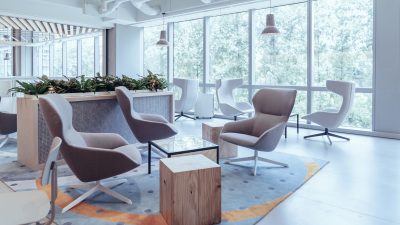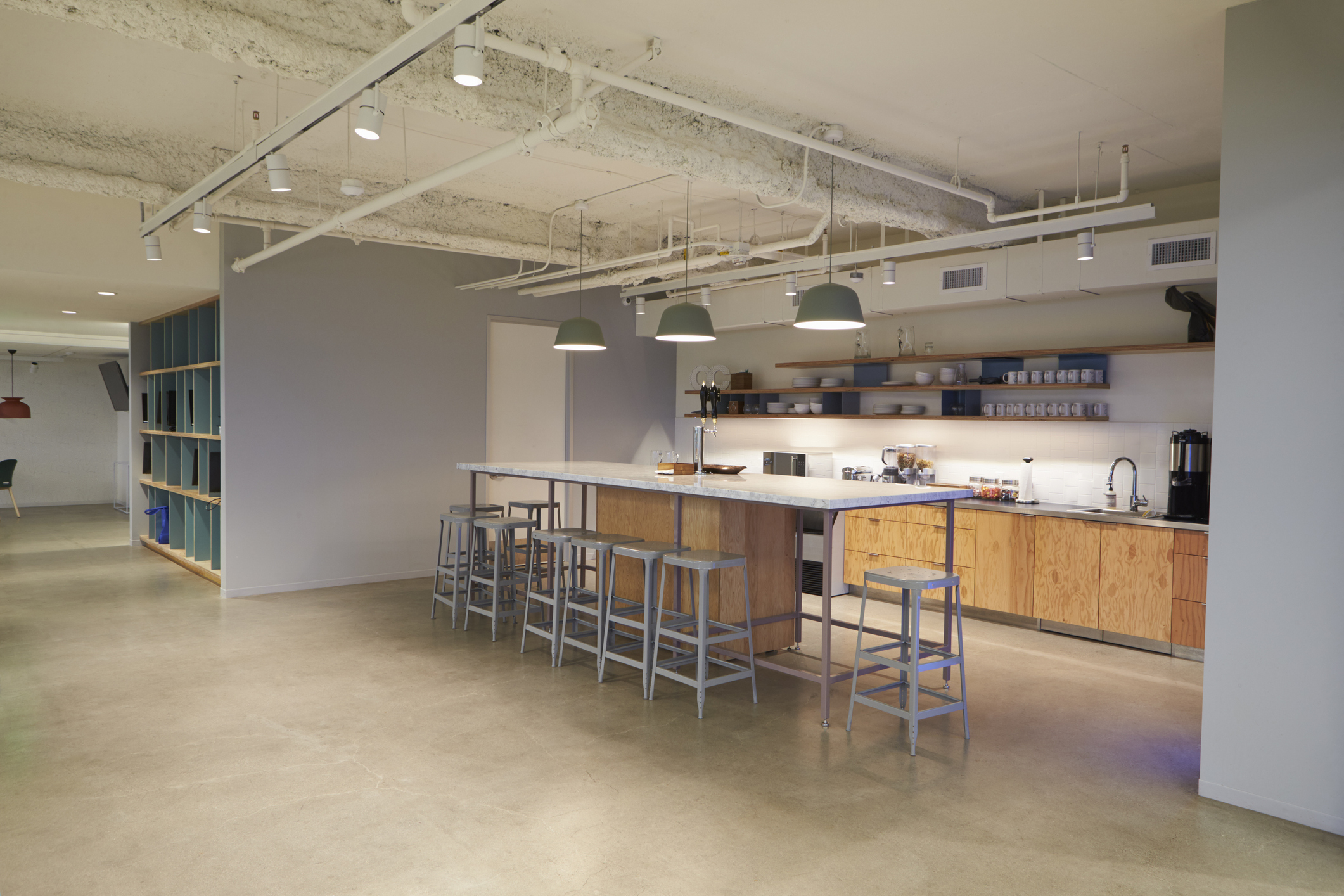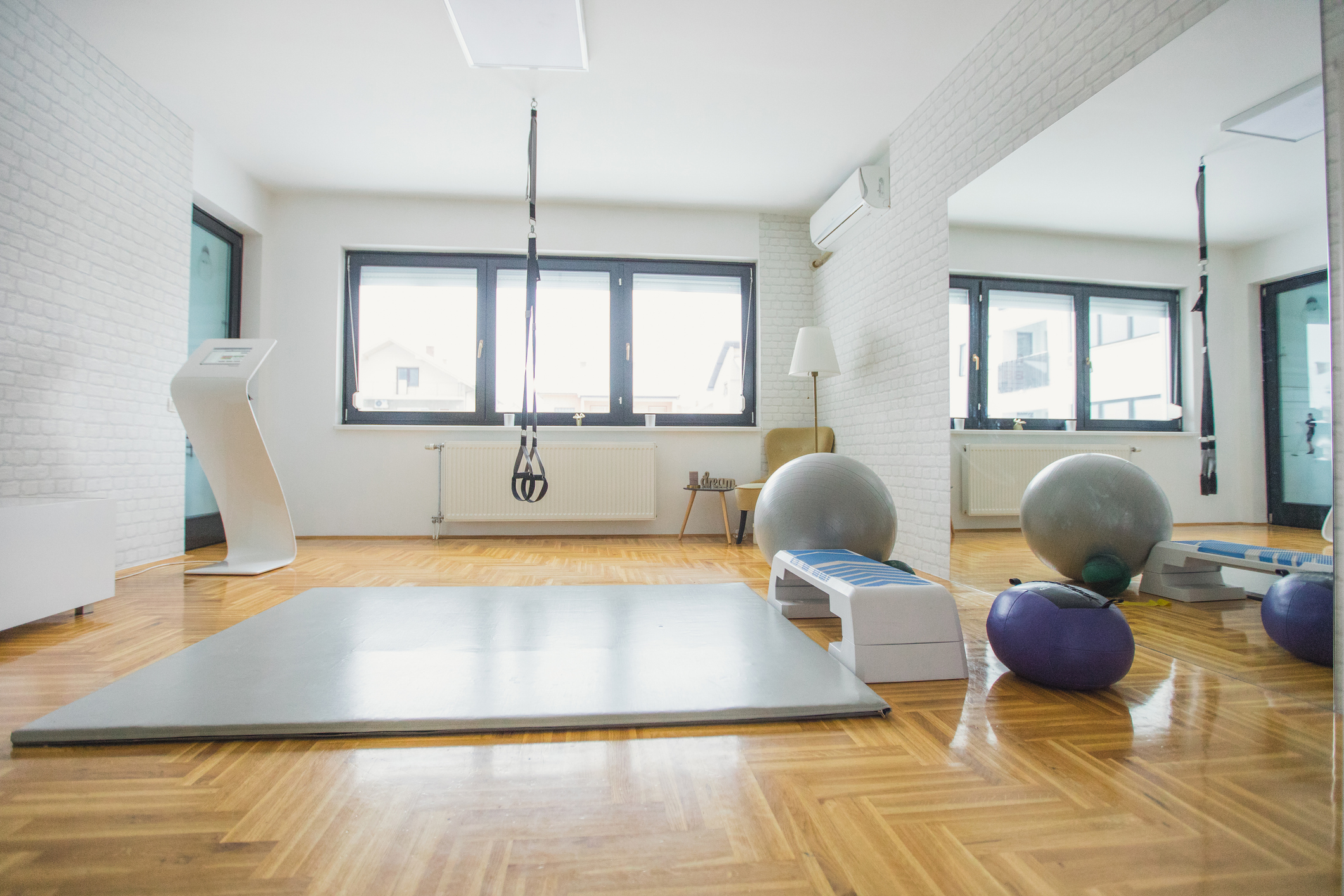Designing Public Sector Spaces For Mental Well-Being

If you represent a public entity, you should be aware of the importance of mental well-being in building design. It matters greatly to people who work in or visit a facility. As mental health and emotional health moves closer to the forefront of discussion in America, public entities are moving towards responding to those needs.
You probably are aware of the importance of designing welcoming spaces, of course. However, findings from a recent study could surprise you about just how important it is. This survey was conducted by Wold Architects & Engineers; they published their findings here.
How Important Is Mental Well-Being in Community Building Design?
It’s not surprising that people would consider the mental health aspect of community space design to be important. What might be surprising is the actual results. Wold’s findings include these numbers:
 86% of respondents believe mental health and wellness should be a priority in space design.
86% of respondents believe mental health and wellness should be a priority in space design.- 79% of respondents agreed that the design of a community building influences their likelihood of returning to that location. That number rises to 84% among city residents.
- 55% of respondents stated that they prefer community spaces that include amenities such as green areas, cafes and gathering spaces.
- Over half of the respondents stated they would travel as much as 20 minutes farther for a space they enjoy being in.
As these numbers show, when designing spaces for essential community spaces, it’s important to be aware that residents not only are looking for a positive experience, but that they will give up valuable time to find such a space.
How To Design Community Spaces That Promote Well-Being
So, how can a public entity create better spaces for the individuals in their community? In their findings, Wold made several recommendations, including:
 Prioritize natural light – Use large windows, skylights, and create floor plans that allow for the best possible light penetration.
Prioritize natural light – Use large windows, skylights, and create floor plans that allow for the best possible light penetration.- Create sensory zones – Design a quiet space for people where they can relax. Incorporate softer colors, water features, and comfortable seating.
- Include multi-purpose spaces – Create large rooms that can serve as fitness or yoga spaces in the morning, and be converted into gathering spaces in the afternoon.
- Add wellness amenities – Add lounges, cafes and kitchen spaces, and incorporate fitness encouragement through amenities such as bicycle racks or jogging paths.
- Promote safety and inclusivity – Add wider doorways, accessible restrooms, effective lighting and signage, and other elements to foster an inclusive environment.
- Use biophilic design – Add elements such as indoor gardens, outdoor green spaces, and water features for improved air quality and a calming atmosphere.
- Create outdoor views – Position workspaces near windows, allowing residents to spend time with a view of greenery or sunlight.
- Design with acoustics in mind – Add sound-absorbing acoustic panels, carpeting, and hanging baffles to reduce noise pollution for a stress-reducing quieter space.
Let Us Help You With Your Mental Health Focus in Office Design
At Bellia Interiors Group, our professional staff has years of experience in designing office and work spaces. We have a long established reputation of changing public spaces for the better, and we can do the same for your interior design.
Request your free workspace evaluation with us today, and Follow us on Facebook for the latest office space design news and tips.










